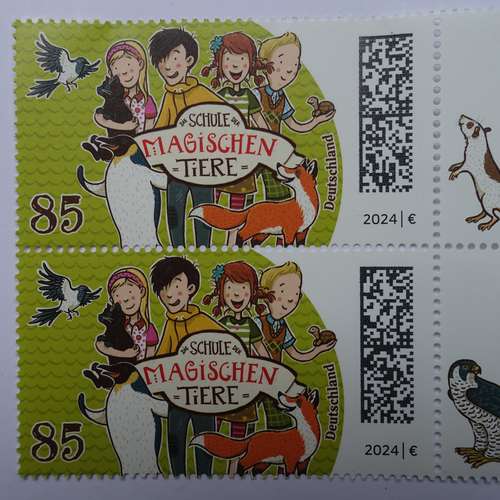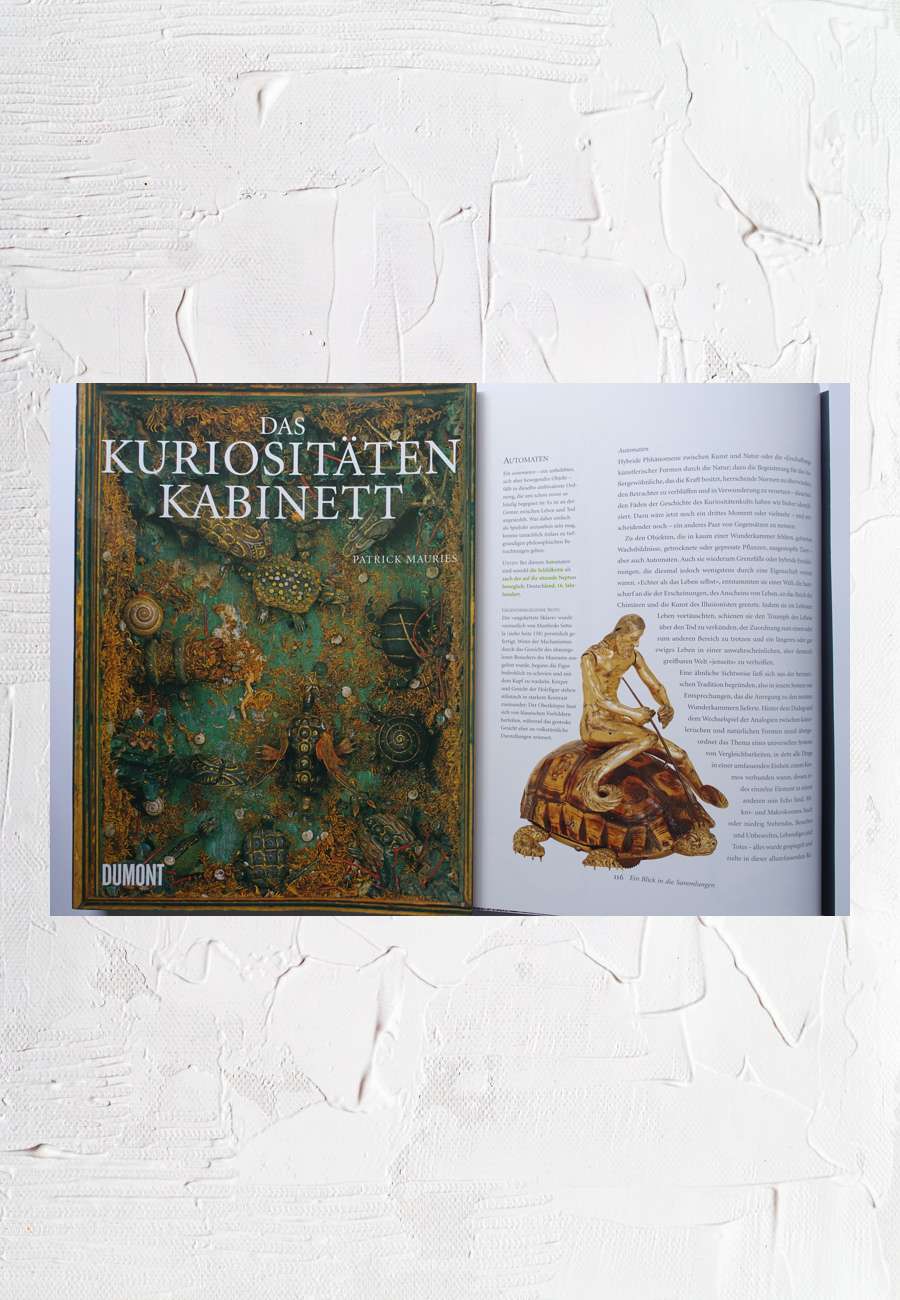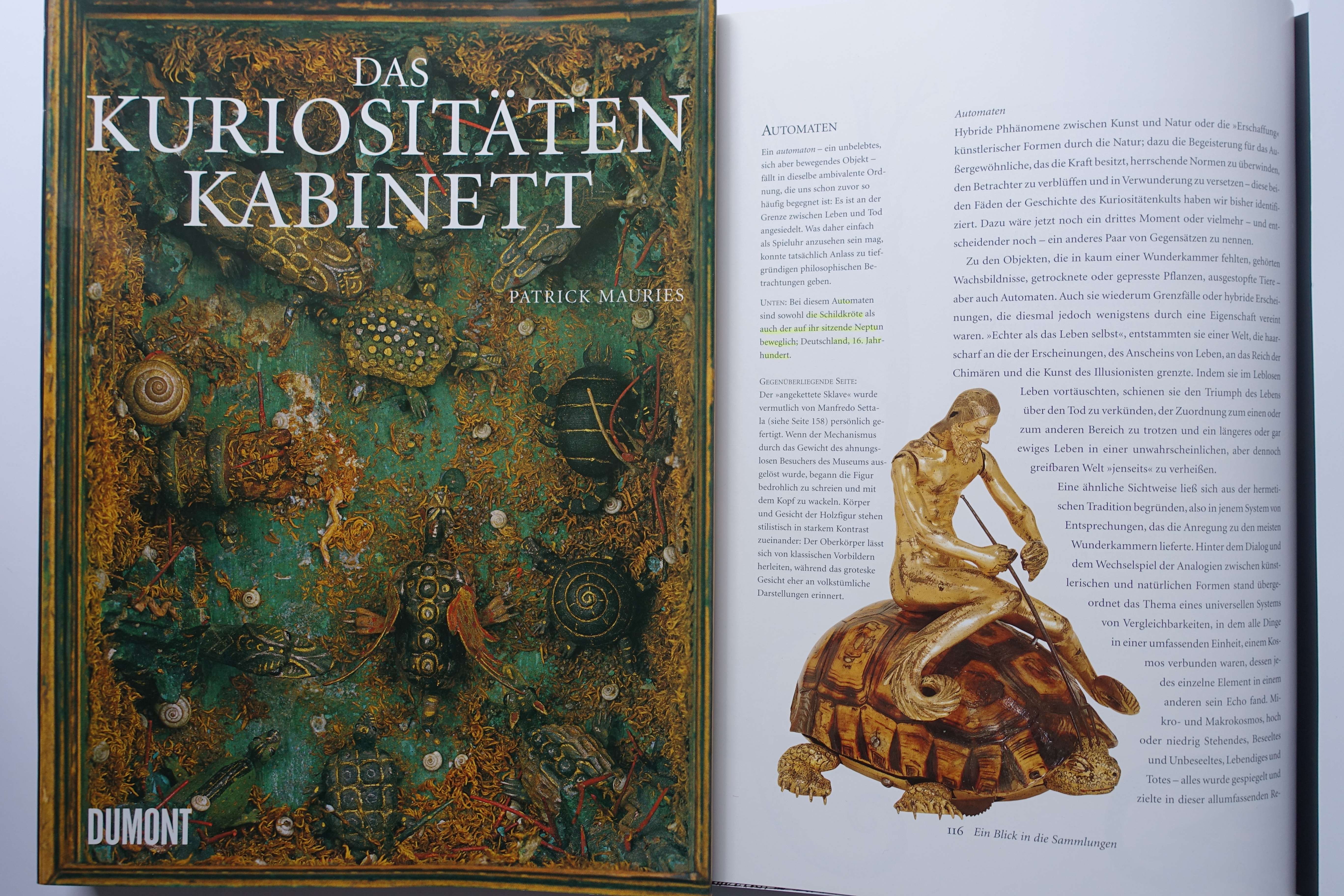The tradition of art and wonder cabinets (where the aim was to depict the world in its entirety) developed in the 17th century into "The Cabinet of Curiosities", the subject of the wonderful illustrated book (2002, 256 pages, printed in Italy). The outstanding collectors included rulers of the European nobility, but also very wealthy merchants and scholars. The cover picture shows a so-called "shaker box" from the collection of Ferdinand II (Ambras Castle). The animals are made from papier-mâché to scale and are provided with joints so that they move when the box is moved. There is also a separate booklet about this object. Right: examples of automata show a new trend between art and nature. Both the turtle and Neptune sitting on it are movable (Germany, late 16th century). Overall, the book contains several depictions related to turtles. Through surrealists in the 1920s, the cabinet of curiosities became a source of inspiration for today's artists. In the exhibition "The Consolation of Things" at the Lenbachhaus Munich (May 17 - October 13, 2024), the Nobel Prize winner for literature, artist and museum founder Orhan Pamuk (Turkey) builds on the long and international tradition. A relevant quote from the exhibition: "In his three-dimensional collages, he creates a world of his own, like in cabinets of curiosities, in which the power of things unfolds a poetic force."
[hint: this is an automatic translation from German]
| Category: Art books
| Material: Papier
| Country of origin:
Bavaria, Germany
|
Similar pieces
 .
.
|
A visually similar exhibit of the collection is#8008 - Stamps |
![#7953 - Sculptures [Carola Pöhlmann]](https://luratimediaprod.s3.amazonaws.com/CACHE/images/images/artefacts_images/DSC05878_rotated_2970728a_rotated_37b90c27/95b2fc825e98e074bbc3c9a3368d3356.jpg) .
.
|
The object of the collection with nearest place of origin in Bavaria, Germany is #7953 - Sculptures [Carola Pöhlmann] . |

